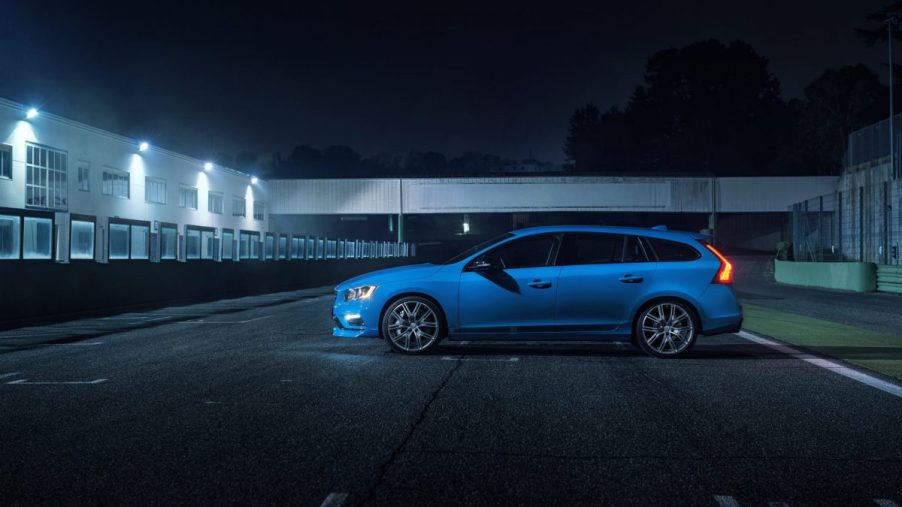
5 Times Volvo Proved it is King of the Station Wagon
Volvo has always enjoyed a reputation as a builder of safe, comfortable, and stylish cars. But underneath the company’s sophisticated image lies a history of fun, fast station wagons built for your inner hooligan.
These are five station wagons that the Swedish company built that evaded their conservative reputation and made them the king of the fast wagon.
The 240 GLT Turbo Wagon, a performance beast in a plain wrapper
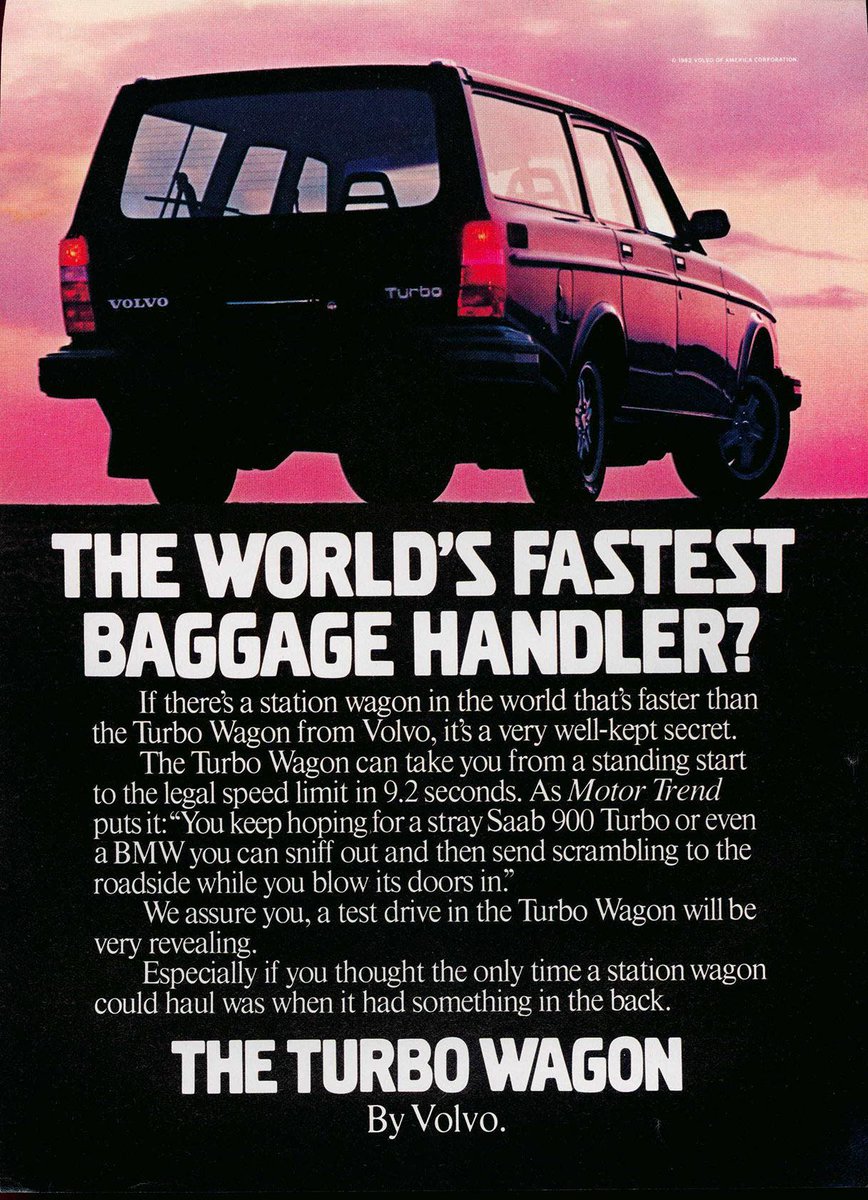
In 1981 Volvo wanted to go motor racing. They fitted their boxy 240 Series cars with a 2.1-liter turbocharged engine and homologated it for International touring car racing. The motorsport rules required that each manufacturer build a set number of road-going versions of the car they intended to compete with. That spawned the legendary 240 GLT Turbo.
The sedan got all of the motorsport glory, but the wagon achieved mythical status. 155-horsepower, a five-speed manual transmission, rear-wheel drive and beefed-up brakes and suspension made it the fastest station wagon in the world, in 1982. 0-60 mph came in just under nine seconds, and the turbocharged four-cylinder engine could push the Swedish brick to 120 mph. Not fast by today’s standards, but this was in an era when Corvettes only produced 200 horsepower.
The 850R Wagon, a motorsports icon despite never winning a race
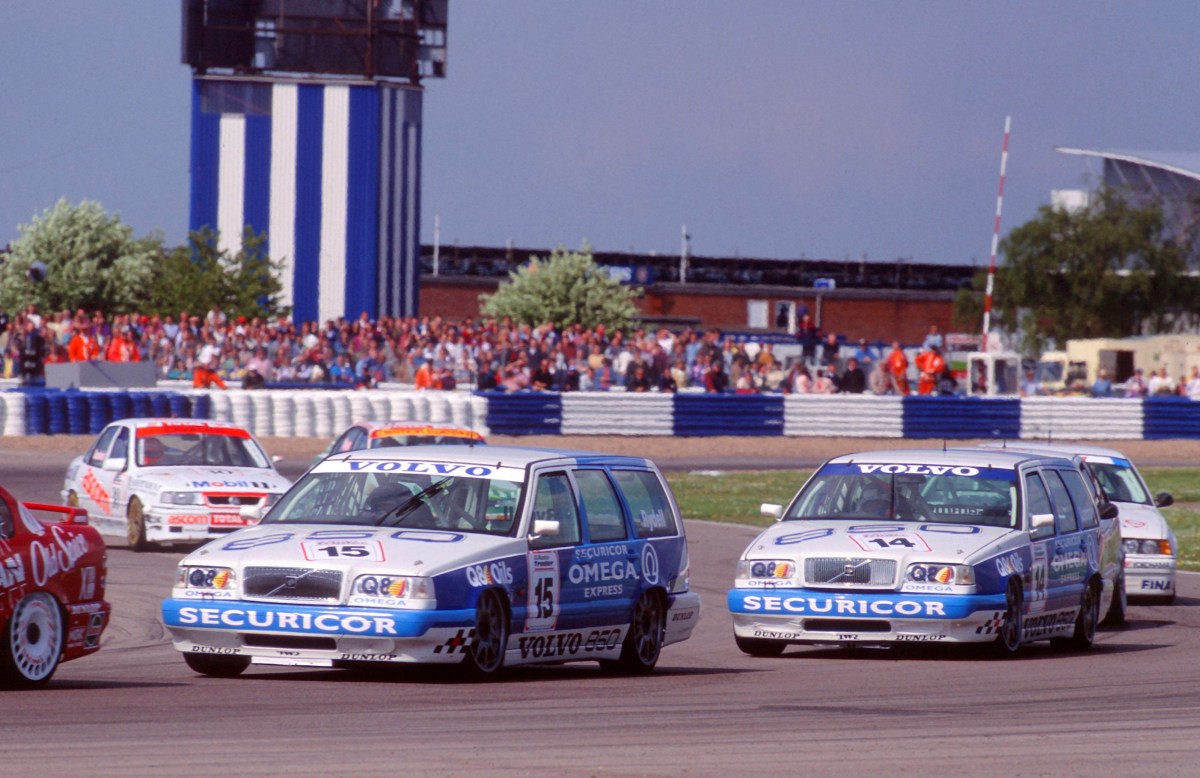
The 850R Wagon blew apart Volvo’s reputation for making conservative and boring family cars. Powered by a 2.3-liter turbocharged inline five-cylinder engine, and benefiting from an ECU tuned by Porsche, the stately 850 Wagon was transformed into a 243 horsepower sleeper.
Tom Walkinshaw Racing developed a pair of 850Rs for the British Touring Car Championship in 1994. While they never achieved much success on the track, the boxy racers became fan favorites and spurred sales for Volvo.
Today, these cars are highly collectible and sought after. With a 0-60 mph time of about 6.8 seconds, it remains a respectable performance car to this day.
The V70R Wagon, an AWD 300 horsepower cruise missile for the road
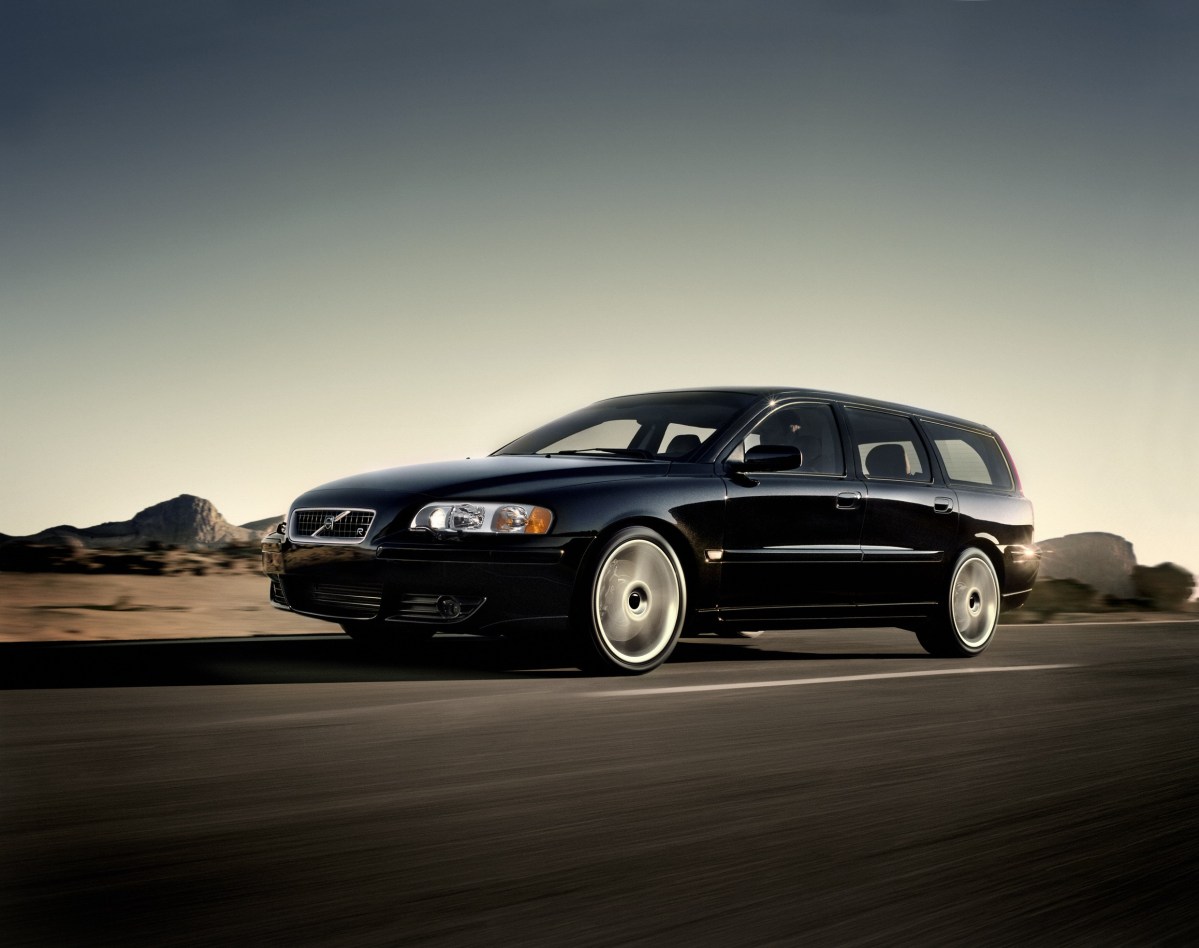
In 2004, nearly 10 years after the 850R made waves, Volvo introduced the AWD V70R. The Swedish manufacturer juiced its 2.5-liter turbocharged five-cylinder engine to 300 horsepower and mated it to a six-speed manual transmission. From there, power went to all four wheels via a sophisticated Haldex all-wheel drive system.
The result was a car that could sprint from a standstill to 60 mph in 6.1 seconds. To tame all of the speed, Volvo worked with racing shock manufacturer Ohlins to develop a hyper-fast electronic shock absorber. Paired to a clever traction and stability control system, the V70R was capable of some truly heroic handling. Turning the system off meant the family hauler would transform into a Swedish drift missile.
The V60 Polestar, a family hauler built by a racing team
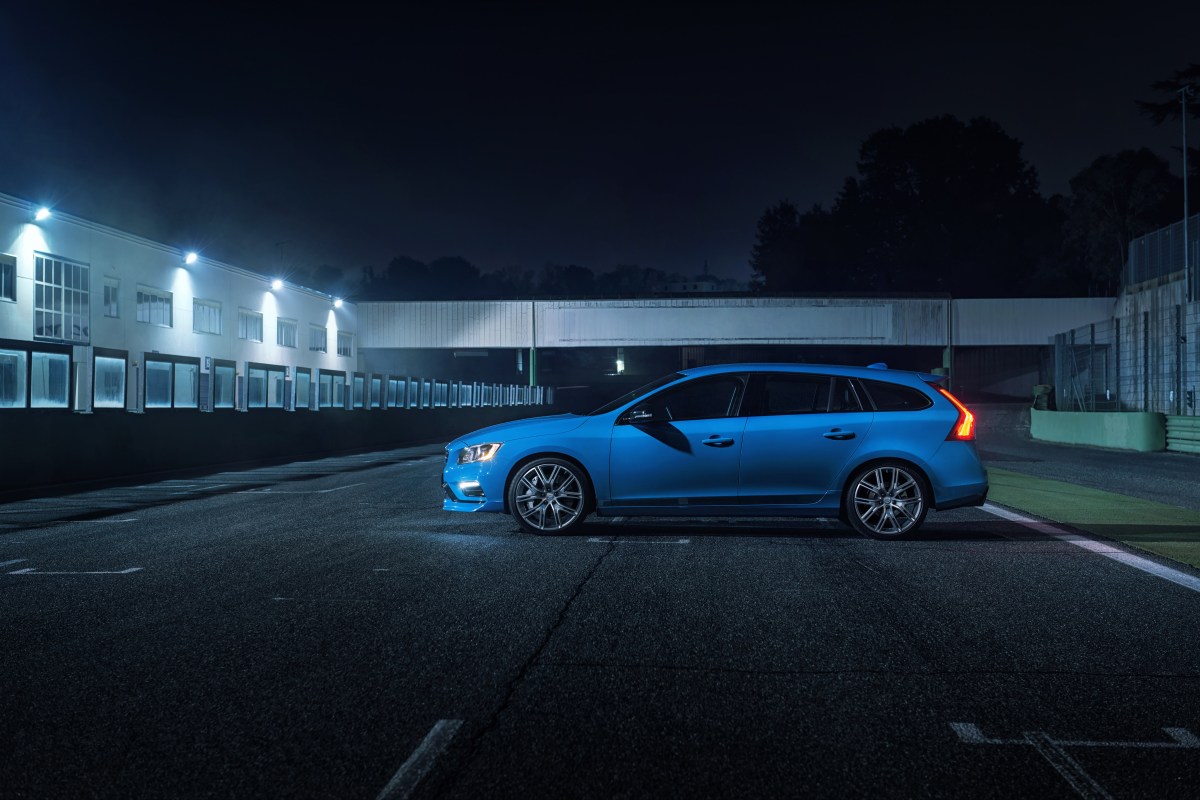
Think of Polestar as Volvo’s equivalent of AMG or M Division. The company started as a racing partner to Volvo. Recently, they have taken on a much more significant role at Volvo, building their own cars. Back in 2015, Polestar was still just Volvo’s racing team, but a tuning partnership saw the creation of the V60 Polestar.
Polestar infused the midsize wagon with a healthy handful of racing tech, intending to create a performance wagon and sedan that added a bit of excitement to the Volvo range of cars.
The 2015-16 cars came with a turbocharged six-cylinder engine, but in 2017, Polestar got crazy and swapped in a 2.0-liter four-cylinder engine that was both turbocharged and supercharged. That engine produced 362 horsepower. Combined with an eight-speed automatic transmission and performance-tuned Haldex all-wheel drive system, the wagon is capable of a 0-60 mph run in just 4.4 seconds.
Ohlins’ custom racing shocks meant that the V60 Polestar could keep up with many sports cars when the roads got twisty.
The V90 T8 AWD Plug-In Hybrid, sophistication meets speed and stealth
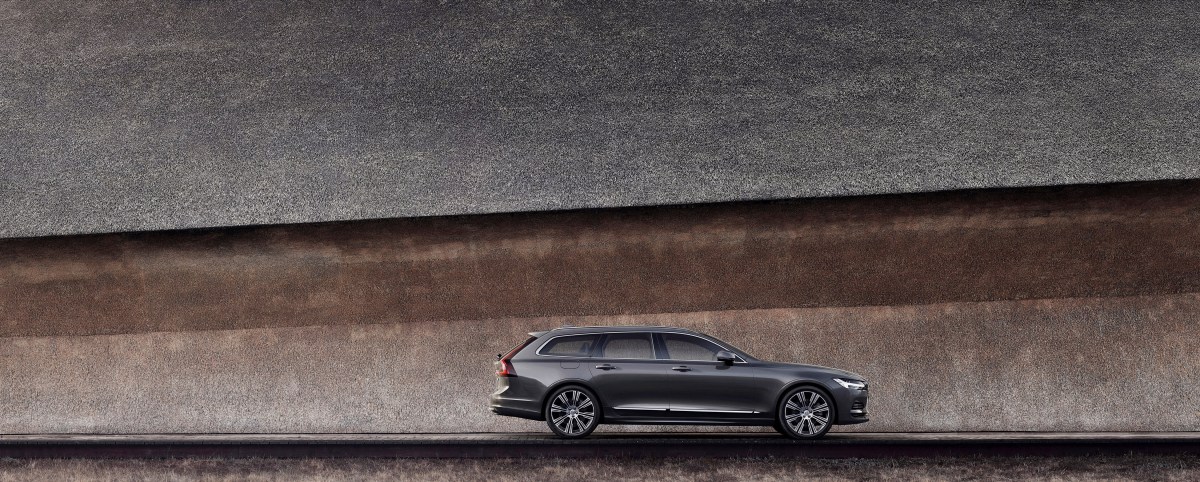
Volvo’s V90 T8 AWD Plug-In Hybrid may have a laborious name, but there was nothing tiresome about its performance. In other markets, outside of the U.S, Volvo refers to this setup as the T8 Twin Engine. A four-cylinder gas engine with both a turbocharger and supercharger powers the front wheels, and an electric motor powers the rear wheels. In U.S.-spec, the combo puts out 455 horsepower and can shift the big wagon from 0-60 mph in just 4.8 seconds.
It doesn’t have the over-the-top look of an RS6 Avant or the extreme performance, but if you’re looking for a fast and stealthy family hauler to fly under the radar in, then the V90 T8 might fit the bill.
The V90 is not like the old performance wagons Volvo used to make. It doesn’t come with any sophisticated racing shocks or tuning from Polestar. Instead, it relies on state-of-the-art technology to get you up to astonishing speeds.
Volvo’s legacy of fast wagons is one to be admired. Few companies have so frequently shed their conservative reputations to produce something exciting, engaging, and smile-inducing. Volvo may be reducing the number of wagons offered in the U.S. and shifting their performance cars to the Polestar brand, but we can always look back on the cars that made them kings of the fast wagon.
Related: Volvo’s Latin Meaning Is Adorable


